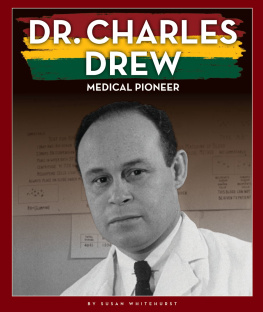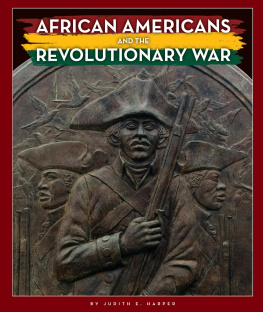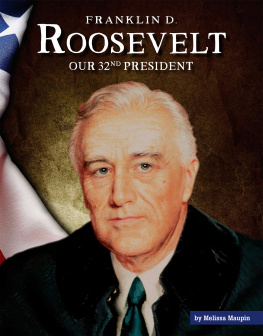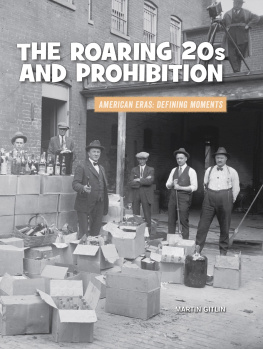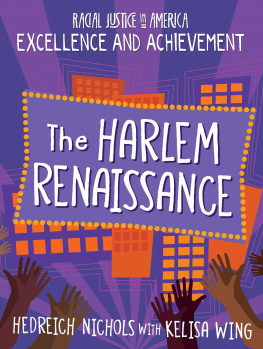Guide

DR. CHARLES
DREW
MEDICAL PIONEER
BY SUSAN WHITEHURST

DR. CHARLES
DREW
MEDICAL PIONEER
Dream high enough
and work hard enough,
and well all get
to where we want to go.
Dr. Charles Drew
THE BLACK AMERICAN JOURNEY
BY SUSAN WHITEHURST

Published by The Childs World
1980 Lookout Drive Mankato, MN 56003-1705
800-599-READ www.childsworld.com
PHOTOS
Cover and page 4: Alfred Eisenstaedt/The LIFE Picture Collection via Getty Images
Interior: Afro American Newspapers/Gado/Archive Photos via Getty Images:
23; Courtesy of the Moorland-Spingarn Research Center: 5, 8, 9, 10, 11, 12, 13, 14,
15, 16, 18, 20, 21, 24, 25, 26, 28, 29, 31; Everett Collection/Newscom: 17; Everett
Collection/Shutterstock.com: 19; Harris & Ewing/Library of Congress, Prints and
Photographs Division: 7; J.W. Moulton and John S. Moulton/Library of Congress,
Prints and Photographs Division: 6; U.S. National Library of Medicine: 22
Copyright 2022 by The Childs World.
All rights reserved. No part of this book may be reproduced or utilized in
any form or by any means without written permission from the publisher.
LIBRARY OF CONGRESS CATALOGING-IN-PUBLICATION DATA
ISBN 9781503854451 (Reinforced Library Binding)
ISBN 9781503854918 (Portable Document Format)
ISBN 9781503855298 (Online Multi-user eBook)
LCCN: 2021930464
Printed in the United States of America
Cover and page 4 caption:
Dr. Charles Drew in 1946.

CONTENTS
Chapter One
UP FROM FOGGY BOTTOM, 5
Chapter Two
SPRINTING THROUGH LIFE, 10
Chapter Three
NOTHINGS IMPOSSIBLE, 17
Chapter Four
BLOOD BANKS, 21
Chapter Five
WELL ALL GET THERE TOGETHER, 24
Think About It, 28
Time Line, 28
Glossary, 30
Further Information, 31
Index, 32


Chapter One
UP FROM FOGGY BOTTOM
During the time of slavery, large numbers of free African
Americans moved to Washington, DC. It was the only southern
city where they were able to create their own society. By
1900, the African Americans there had established a successful
community with its own schools, businesses, churches, and clubs.
This was the world into which Charles Richard Drew was
born on June 3, 1904. He was born in his grandmothers three-
story home on E Street in Foggy Bottom,
Washington, DC. Six years later, the famil y
moved to another home down the block.
Foggy Bottom was a great place to
live. The Drew children could fish and
swim in the river, play in the parks, and
visit the museums and monuments in the
capital city.
Charles Drew around
1924 as a college student

Foggy Bottom was filled with people from
many different backgrounds, including African,
Irish, French, and Italian Americans. Washington
was segregated , however. Although Black and
white children played ball together in Foggy
Bottoms vacant lots, they still had to attend separate schools and use
separate swimming pools.
Charlies own background was as varied as his neighborhood. His
grandparents and great-grandparents were Native American, Scottish,
English, and African. His rich heritage contributed to Charlies red hair,
light skin, and freckles.
Charlies father,
Richard, was a carpet
layer at the Moses
Furniture Company.
He was a big, friendly
man who played
the piano and guitar.
Charlies mother, Nora,
was a graduate of
Howard University and
a schoolteacher. After
Charlie was born, Nora
gave up teaching to stay
home and raise the childre n.
A crowd of Black students
on the lawn of Howard
University in 1867.
UP FROM FOGGY BOTTOM
Foggy Bottom got its name
because mist from the
nearby Potomac River would
often blanket the low-lying
neighborhood with fog.

The five Drew childrenCharlie, Elsie, Nora, Joseph, and Eva
grew up in a home filled with books and music. They all had chores to
do, such as washing dishes, setting the table, cleaning house, and taking
care of their clothes. Their parents encouraged them to do well in school
and to have jobs. Charlies
mother often reminded the
children that they had to work
and study hard. Dont you ev er
forget, she would tell them,
that you were cared for and
educated by your father, who
worked on his knees.
Charlie started working
when he was 12 years old. He
sold newspapers on the street
corners. Charlie was very
good at selling newspapers.
As his business grew, he asked
his brother Joe to help him
sell copies of the Washington
Times and the Herald .
When the business grew too big for two boys, Charlie hired six
others to sell the papers. They would go downtown every afternoon and
sell the papers outside the big office buildings. Some days they would
sell 2,000 papers.
UP FROM FOGGY BOTTOM
A newsboy in Washington, DC holding
the
Washington Times
in 1915.

Charlie was already s ho wing signs
of his determination and hi s skills
as a manager and an organ izer .
As a teenager, he worked
at construction sites. One
summer he worked in a
glass-making factory.
Inside the factory, the
temperature often
reached more than
100 degrees.

